Best Stargazing Events of December 2013 (Sky Map Gallery)
New Moon, December 2013
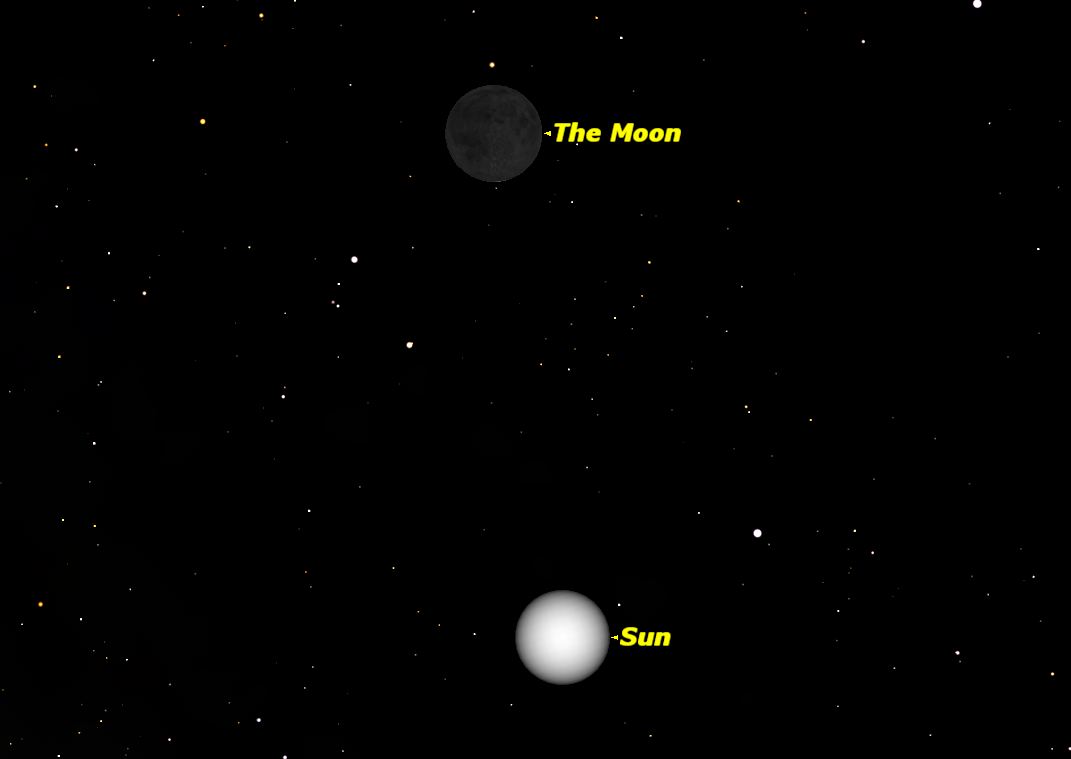
Monday, Dec. 2, 7:22 p.m. EST. The Moon is not visible on the date of New Moon because it is too close to the Sun, but can be seen low in the east as a narrow crescent a morning or two before, just before sunrise. It is visible low in the west an evening or two after New Moon.
First Quarter Moon, December 2013
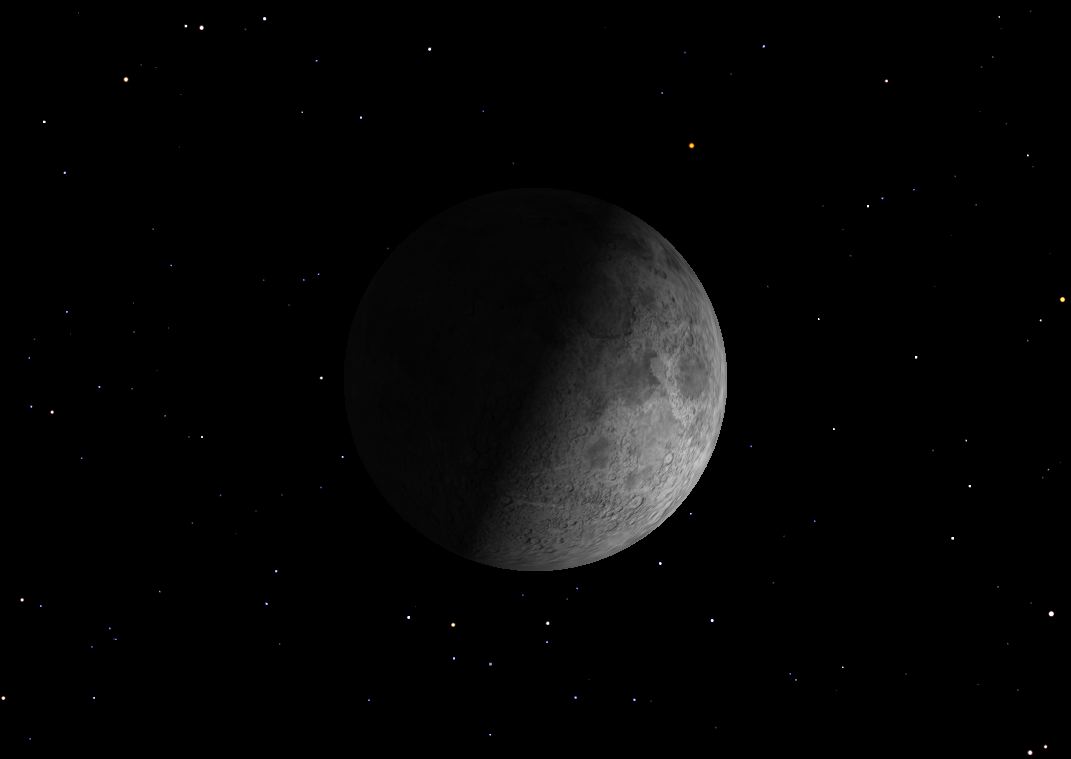
Monday, Dec. 9, 10:12 a.m. EST. The First Quarter Moon rises just after noon and sets just after midnight. It dominates the evening sky.
Full Moon, December 2013
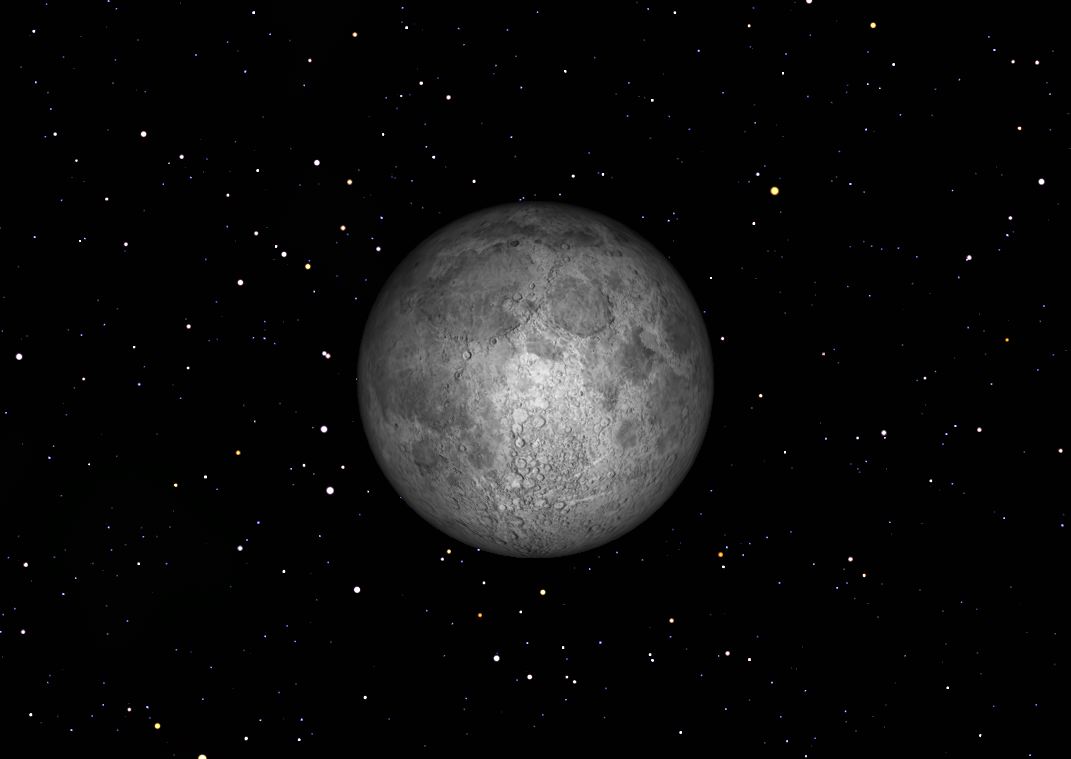
Tuesday, Dec. 17, 4:28 a.m. EST. The Full Moon of December is known as the Oak Moon, the Cold Moon, or the Long Nights Moon. It rises around sunset and sets around sunrise, the only night in the month when the Moon is in the sky all night long. The rest of the month, the Moon spends at least some time in the daytime sky. This will be the smallest full moon in 2013.
Last Quarter Moon, December 2013
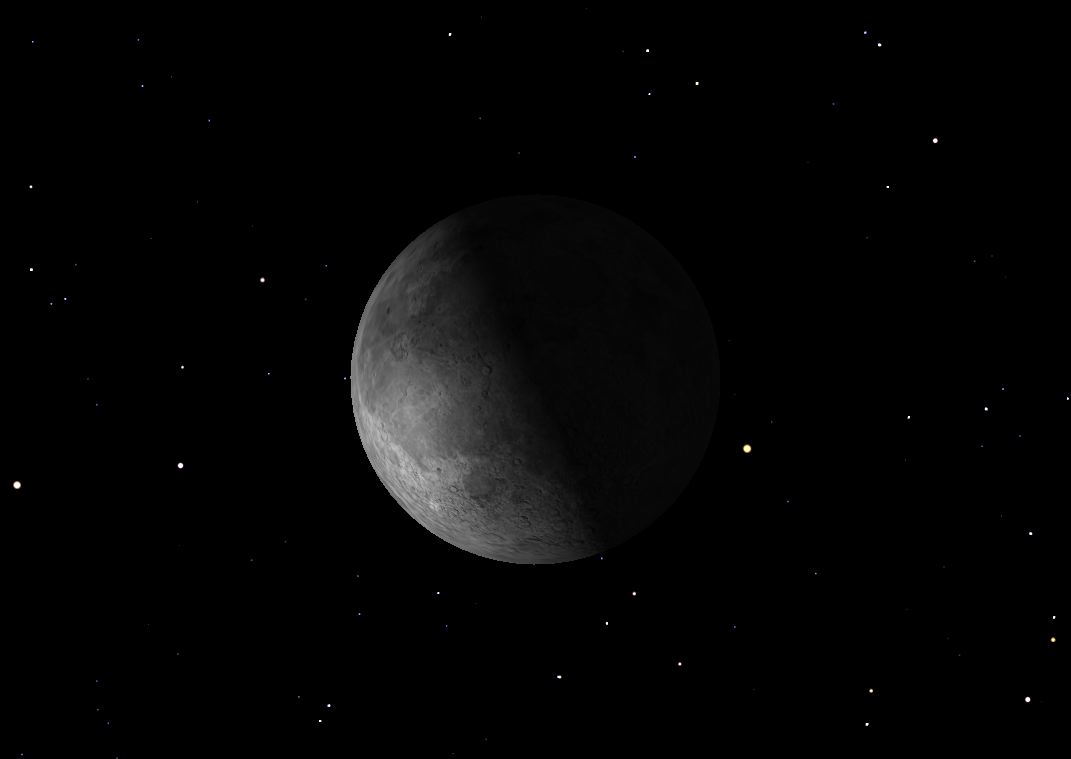
The Last Quarter Moon rises around midnight and sets around noon. It is most easily seen just after sunrise in the southern sky.
Saturn, Mercury, and the Moon, December 2013
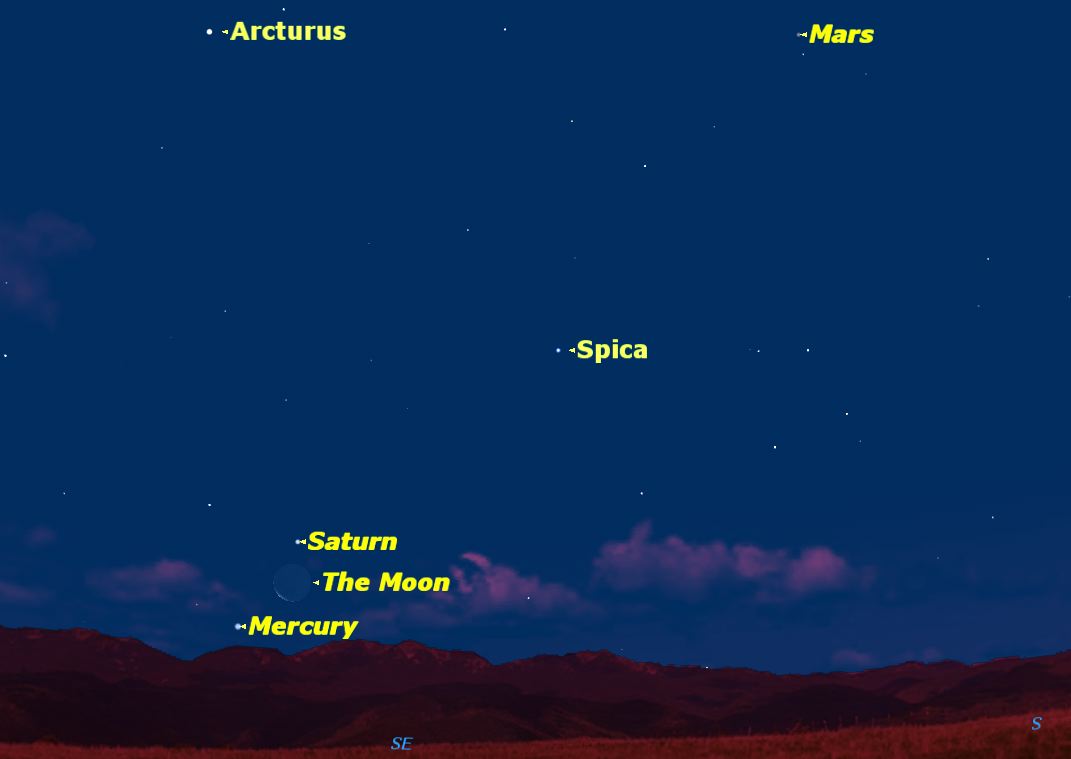
On the morning of December 1, half an hour before sunrise, the 28-day-old crescent moon will be flanked by the planets Saturn and Mercury: Saturn above and Mercury below. Seeing this will require a low southeastern horizon, very clear skies, and careful timing: before the light of dawn erases the view but after the three objects have risen sufficiently to clear horizon mists. Half an hour before sunrise should be about right, and binoculars will help.
Venus at Greatest Brilliance, December 2013
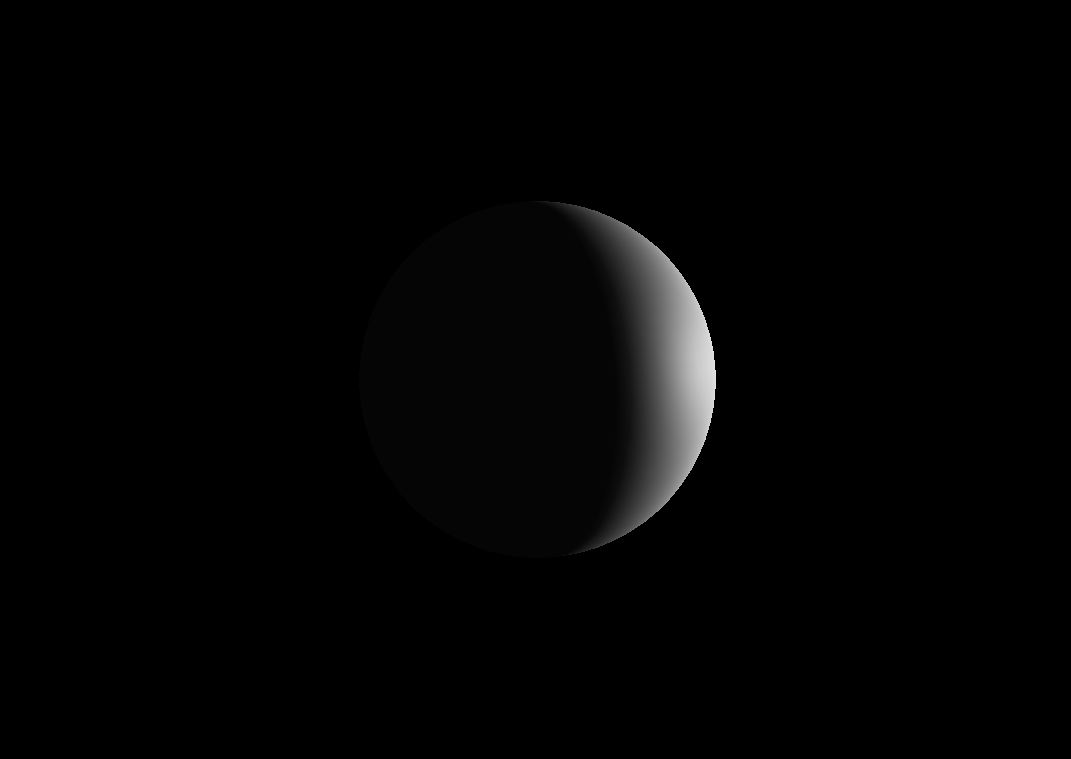
Friday, Dec. 6, 2 p.m. EST. When Venus is fully illuminated, it is on the far side of its orbit, and so is dimmed by distance. When it is closest to Earth it is lit from behind, so also dim. Today is the “just right” point in its orbit where distance and angle of illumination balance to present the greatest possible illuminated area, and hence its brightest light. At magnitude –4.9 it outshines everything in the sky except the Sun and Moon. If you look 7 degrees below the Moon on the previous afternoon, Thursday Dec. 5, you should be able to easily see Venus in the daytime sky.
Winter Solstice, December 2013
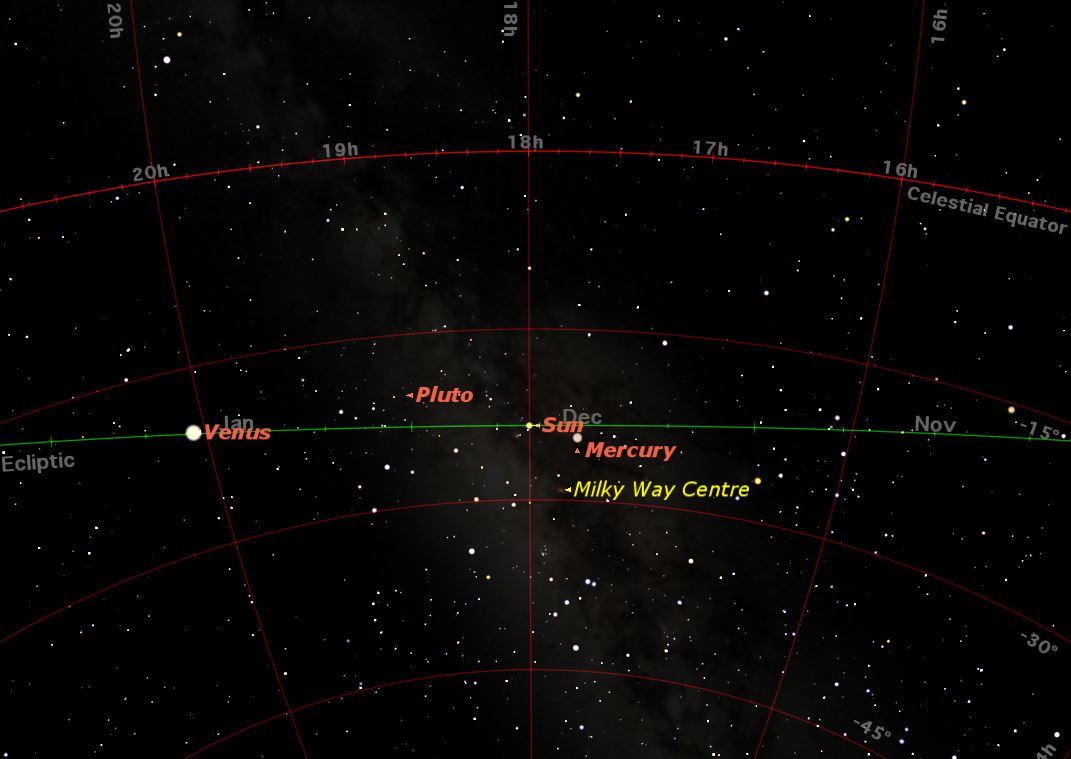
Saturday, Dec. 21 12:11 p.m. EST. The sun halts its southward migration and pauses briefly before moving north again. This is the shortest day of the year, followed by the longest night. As happened last year (and every year) the sun will be close to the direction of the center of the Milky Way, and once again the world will not end.
Get the Space.com Newsletter
Breaking space news, the latest updates on rocket launches, skywatching events and more!
The Moon Goes Visiting, December 2013
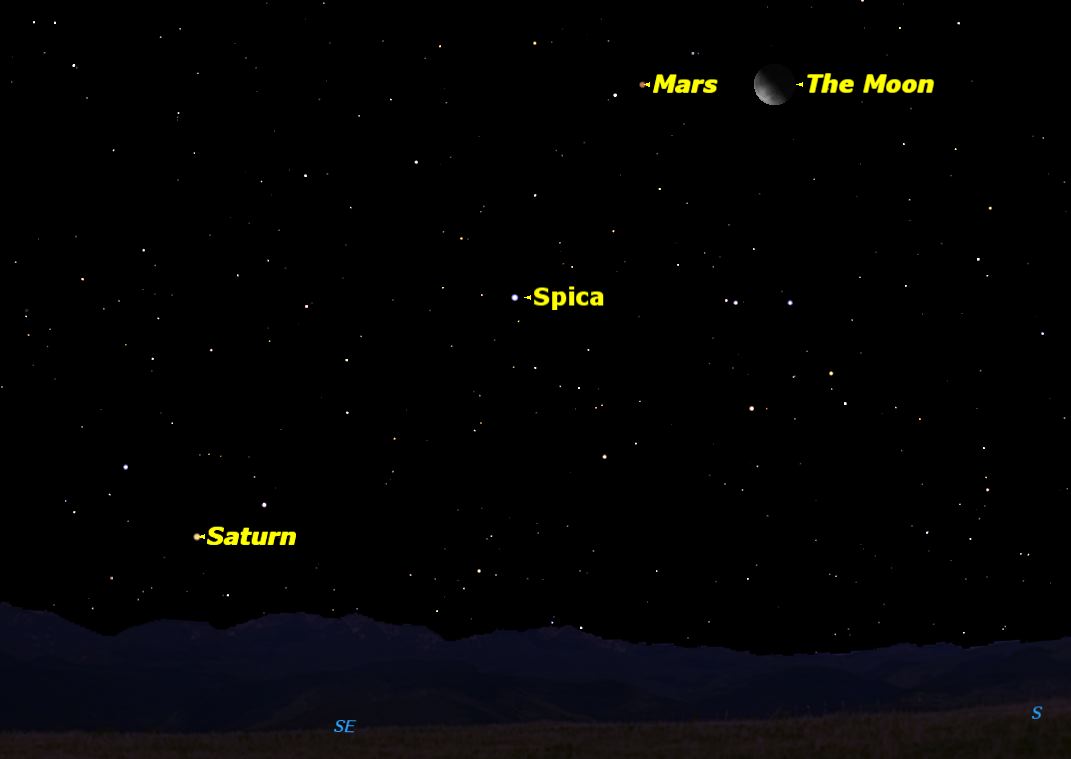
Over the next five mornings, just before dawn, the Moon will pass by two planets and a bright star. It will be just west of Mars on Christmas morning.
East and west in the sky are the reverse of east and west on Earth maps because we are looking up rather than looking down. Notice how the Moon’s crescent shrinks over the five mornings, and how the stars and planets rise 4 minutes earlier each morning.
The Moon Goes Visiting, Dec. 26, 2013
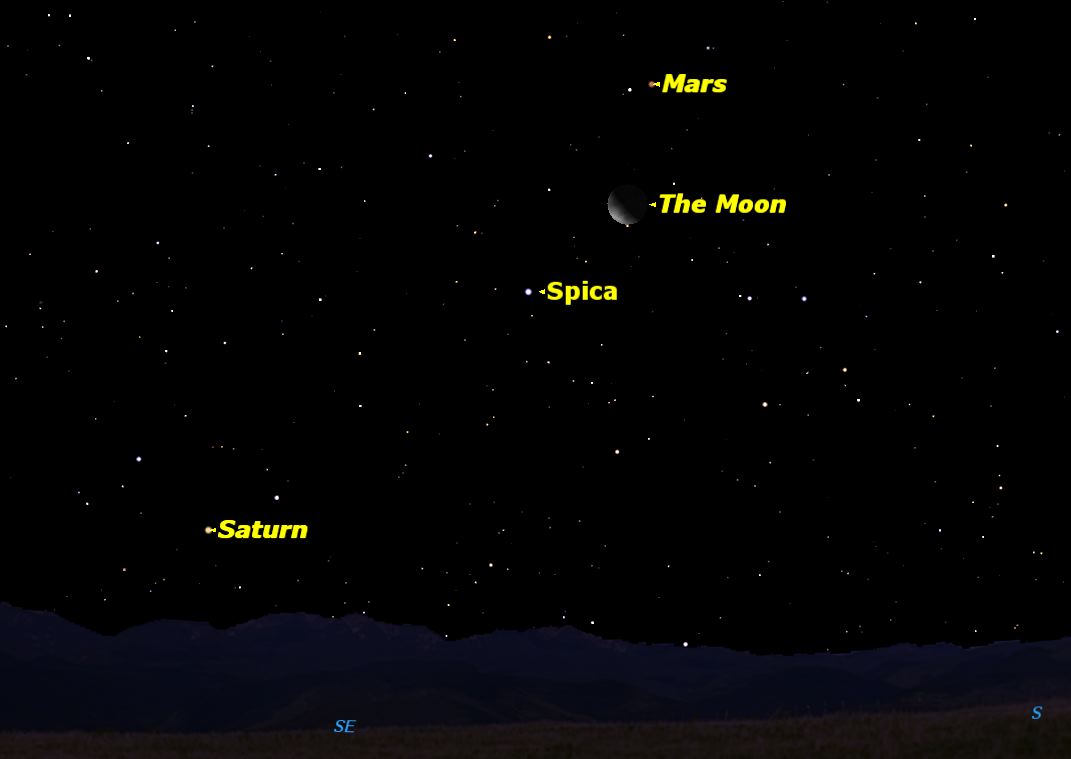
Wednesday–Sunday, Dec. 25–29, 10:08–10:14 p.m. EST. Over the next five mornings, just before dawn, the Moon will pass by two planets and a bright star. It will be between Mars and Spica on Dec. 26.
East and west in the sky are the reverse of east and west on Earth maps because we are looking up rather than looking down. Notice how the Moon’s crescent shrinks over the five mornings, and how the stars and planets rise 4 minutes earlier each morning.
The Moon Goes Visiting, Dec. 27, 2013
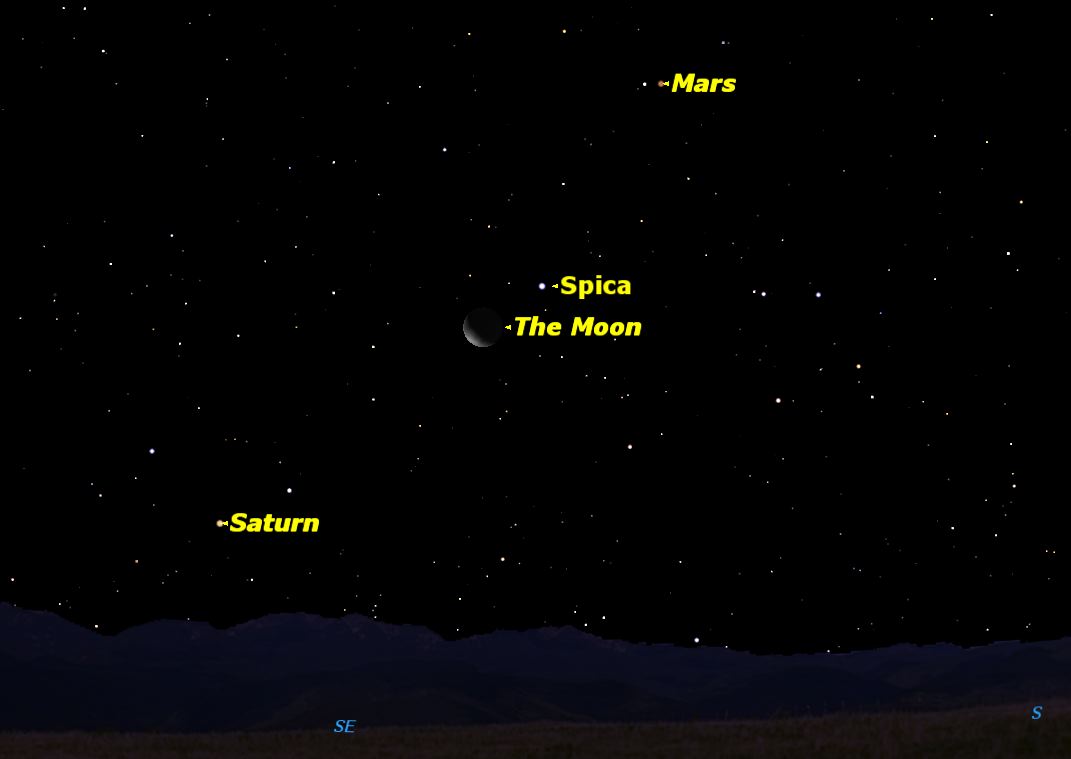
Wednesday–Sunday, Dec. 25–29, 10:08–10:14 p.m. EST. Over the next five mornings, just before dawn, the Moon will pass by two planets and a bright star. It will be just east of Spica on Dec. 27.
East and west in the sky are the reverse of east and west on Earth maps because we are looking up rather than looking down. Notice how the Moon’s crescent shrinks over the five mornings, and how the stars and planets rise 4 minutes earlier each morning.
The Moon Goes Visiting, Dec. 28, 2013
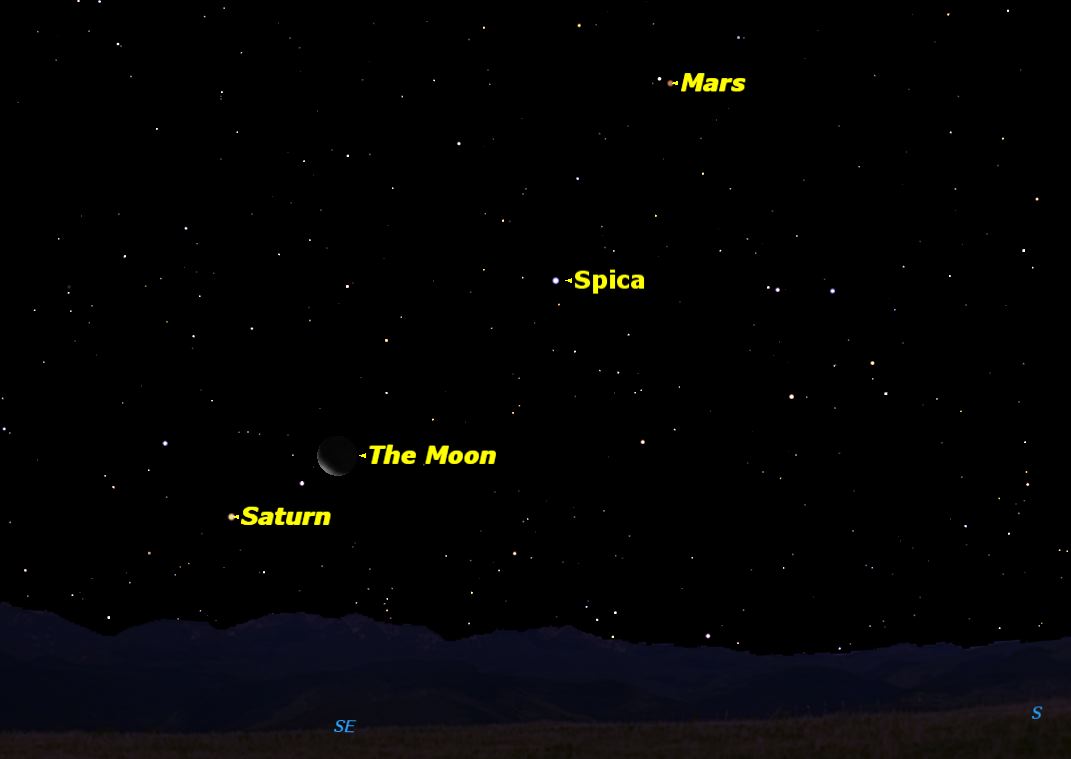
Wednesday–Sunday, Dec. 25–29, 10:08–10:14 p.m. EST. Over the next five mornings, just before dawn, the Moon will pass by two planets and a bright star. It will be just west of Saturn on Dec. 28.
East and west in the sky are the reverse of east and west on Earth maps because we are looking up rather than looking down. Notice how the Moon’s crescent shrinks over the five mornings, and how the stars and planets rise 4 minutes earlier each morning.
Join our Space Forums to keep talking space on the latest missions, night sky and more! And if you have a news tip, correction or comment, let us know at: community@space.com.

Space.com is the premier source of space exploration, innovation and astronomy news, chronicling (and celebrating) humanity's ongoing expansion across the final frontier. Originally founded in 1999, Space.com is, and always has been, the passion of writers and editors who are space fans and also trained journalists. Our current news team consists of Editor-in-Chief Tariq Malik; Editor Hanneke Weitering, Senior Space Writer Mike Wall; Senior Writer Meghan Bartels; Senior Writer Chelsea Gohd, Senior Writer Tereza Pultarova and Staff Writer Alexander Cox, focusing on e-commerce. Senior Producer Steve Spaleta oversees our space videos, with Diana Whitcroft as our Social Media Editor.









